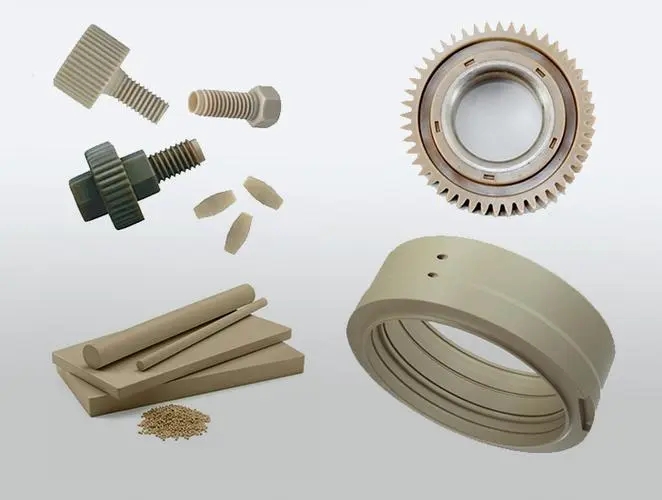- Mar 25, 2024
In the field of injection molding, sink marks are common defects that can occur in molded plastic parts. These sink marks are depressions or indentations on the surface of the part, and understanding their causes is crucial for improving the quality of injection molded products. This article aims to explore the various factors that contribute to the formation of sink marks, providing a comprehensive understanding of this phenomenon.
1. Material Properties
One of the primary factors influencing the occurrence of sink marks is the material properties. Different materials exhibit varying degrees of shrinkage during the cooling phase of the injection molding process. Materials with lower shrinkage rates tend to create fewer sink marks, while those with higher shrinkage rates are more susceptible to sink marks. The material's melt-flow characteristics and its ability to pack into thin sections also play a significant role.
2. Part Geometry
The geometry of the parts injection mold is another crucial factor that can contribute to sink marks. Thick sections tend to solidify at a slower rate compared to thin sections, leading to a mismatch in volumetric shrinkage. This uneven cooling and solidification result in depressions on the surface of the part. Designing the part with uniform wall thickness and adding ribs or gussets to reinforce thin sections can help minimize the occurrence of sink marks.
3. Gate Locations
The placement of gate locations has a direct impact on sink mark formation. Improper gate positioning can result in inadequate packing, causing sink marks to develop. Ideally, gates should be located at thicker sections of the part to ensure proper filling and packing, minimizing the risk of sink marks. Gate design considerations, such as gate size and type, also play a role in minimizing this defect.
4. Cooling Rate
The cooling rate during the injection molding process significantly affects the formation of sink marks. Slow cooling rates allow the material to shrink more before solidification, leading to a higher probability of sink marks. Optimizing the cooling system, such as using cooling channels or molds with enhanced heat transfer capabilities, helps regulate the cooling rate and reduce the occurrence of sink marks.
5. Processing Parameters
Various processing parameters, such as melt temperature, injection pressure, and packing pressure, can impact the quality of the injection molded part. Inadequate packing pressure may result in insufficient material packing, leading to sink mark formation. Controlling these parameters within the recommended range, based on the material and part requirements, helps mitigate the risk of sink marks.
6. Mold Design
Mold design considerations also influence the occurrence of sink marks. Inadequate venting in the mold can trap air pockets, causing insufficient packing and sink marks. The use of venting techniques and adding ejector pins strategically can help increase the overall mold performance and minimize sink mark defects.
Sink marks in injection molded parts can be caused by a combination of material properties, part geometry, gate locations, cooling rate, processing parameters, and mold design considerations. Understanding these factors and implementing appropriate solutions can significantly reduce the occurrence of sink marks, resulting in high-quality injection molded products. By considering these aspects during the design and manufacturing process, manufacturers can consistently achieve defect-free parts.


